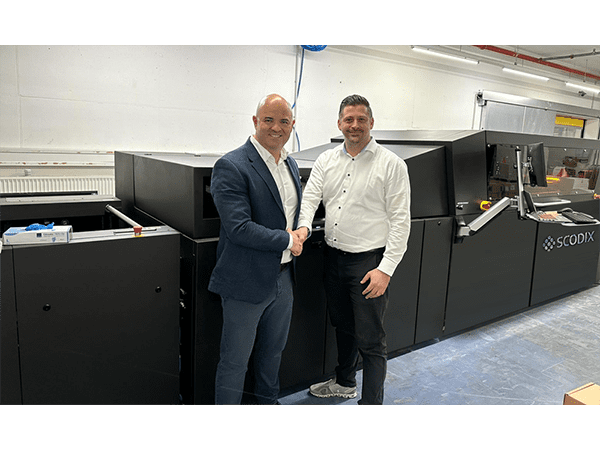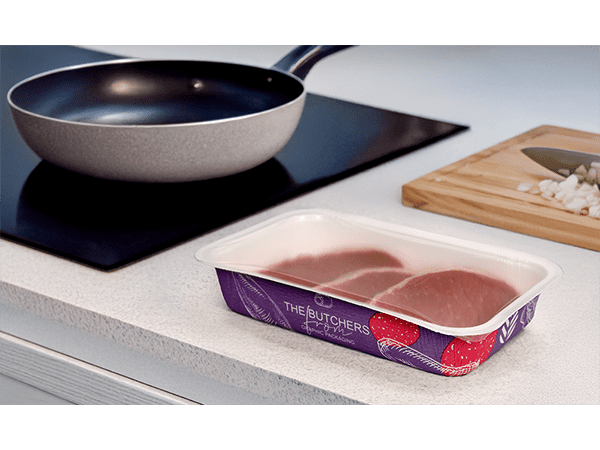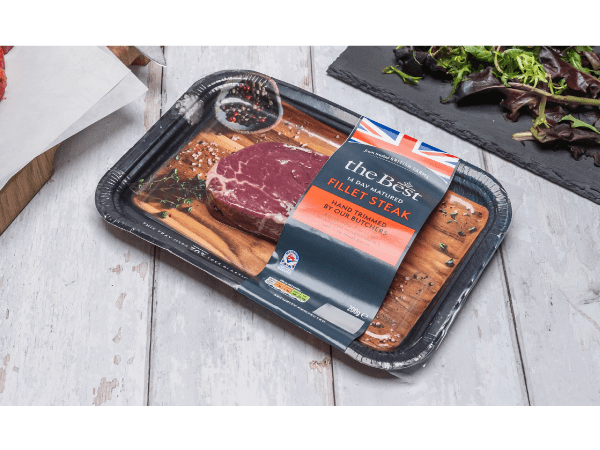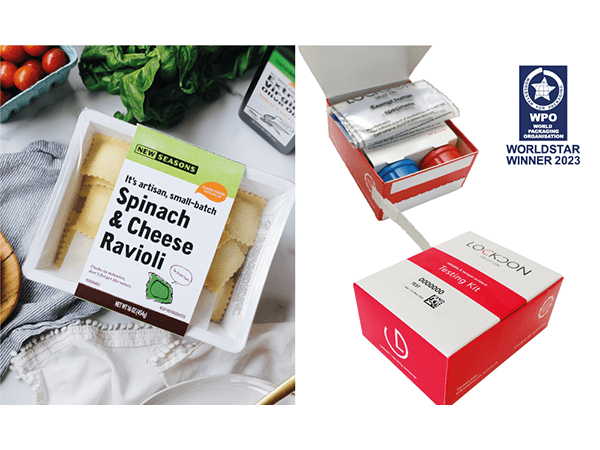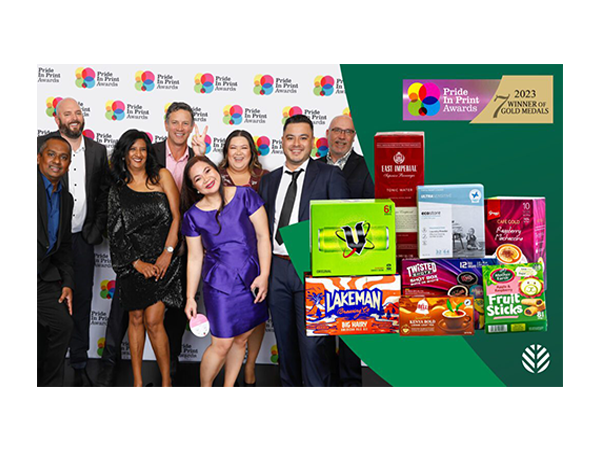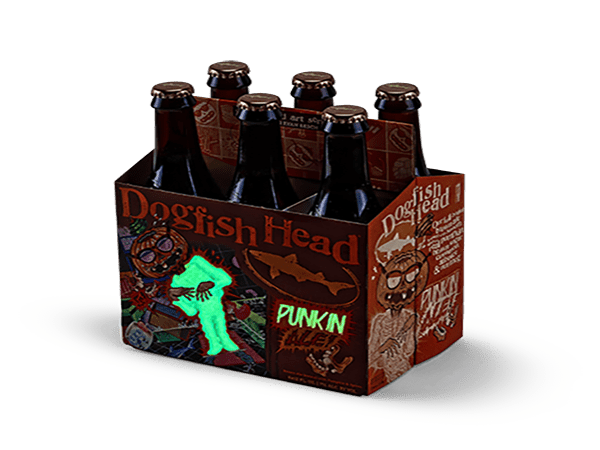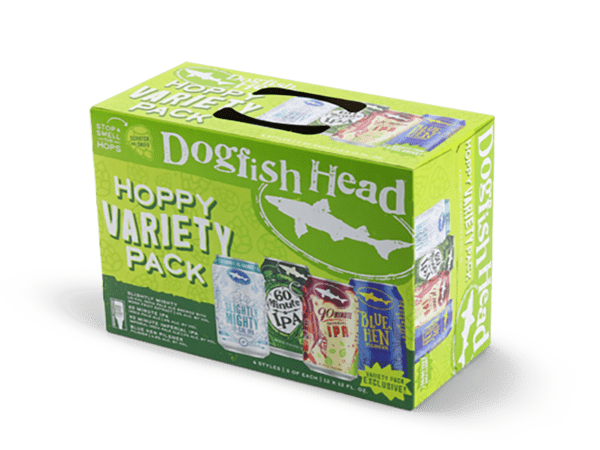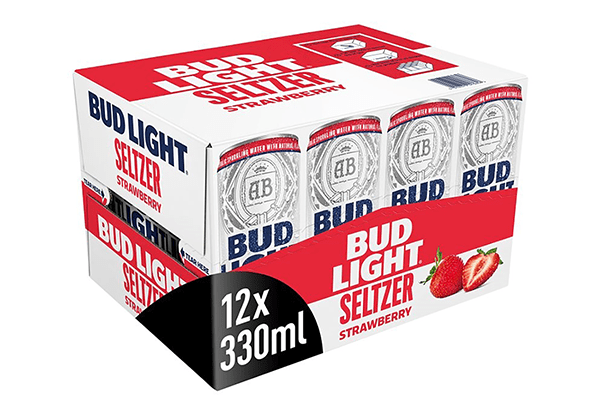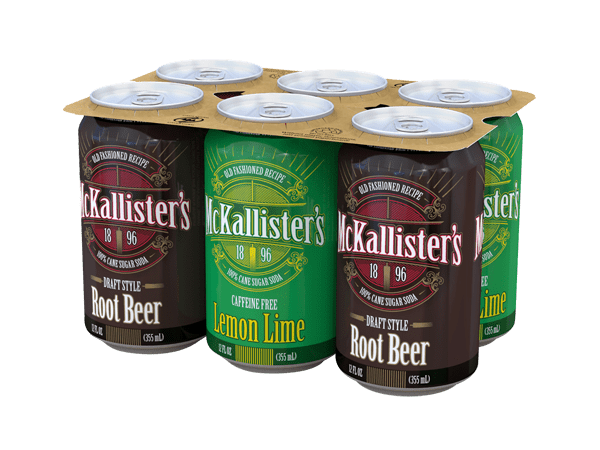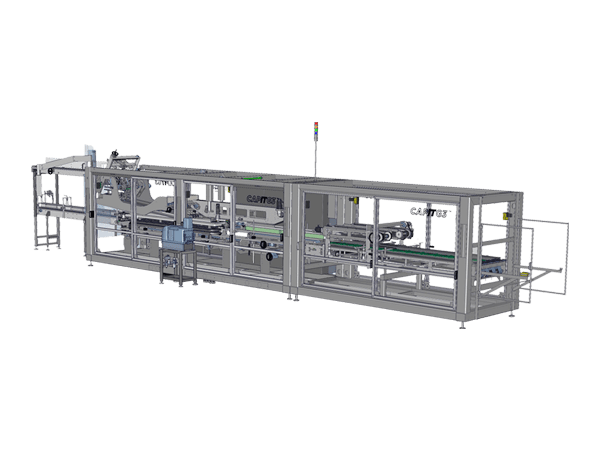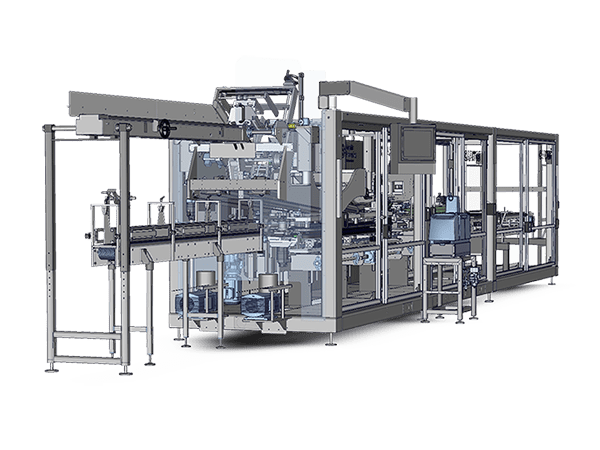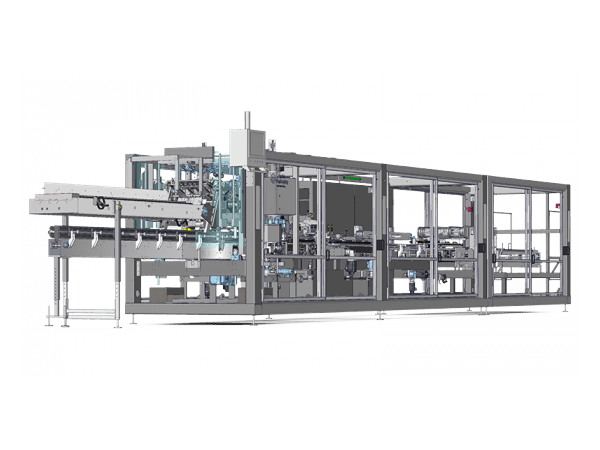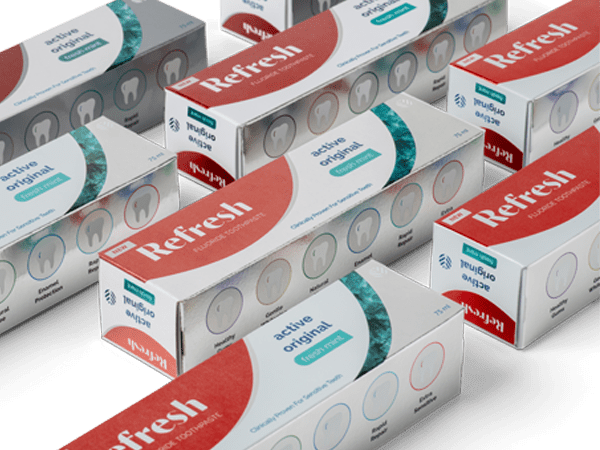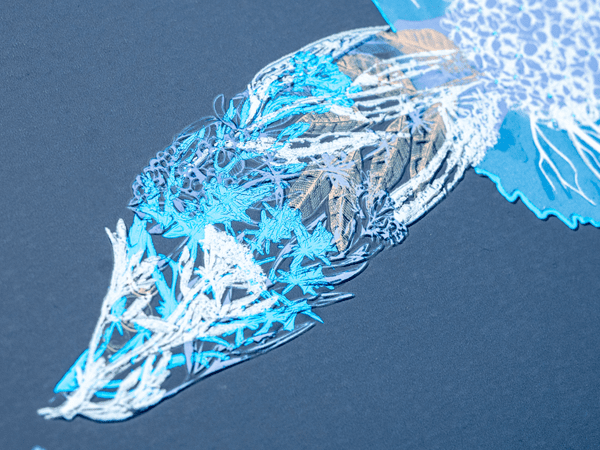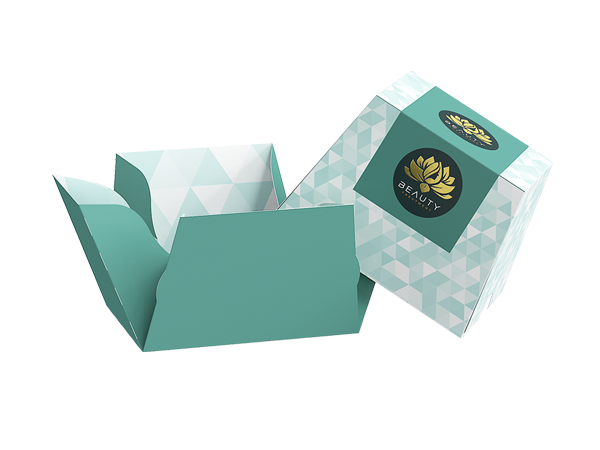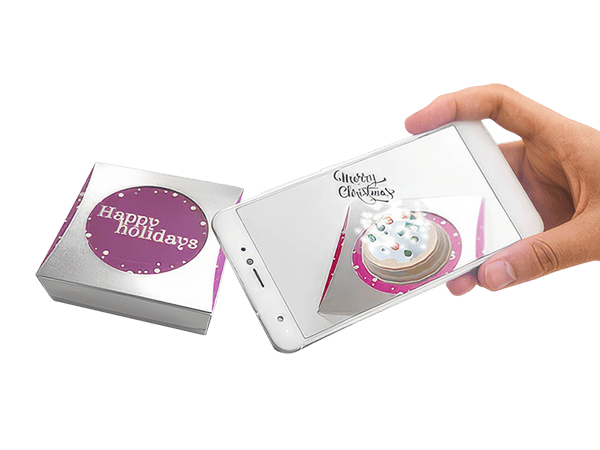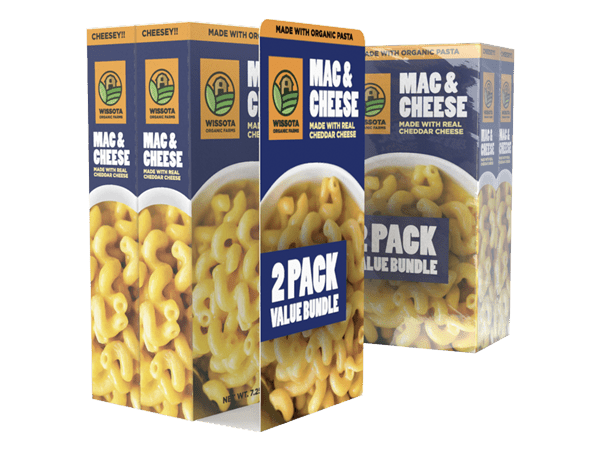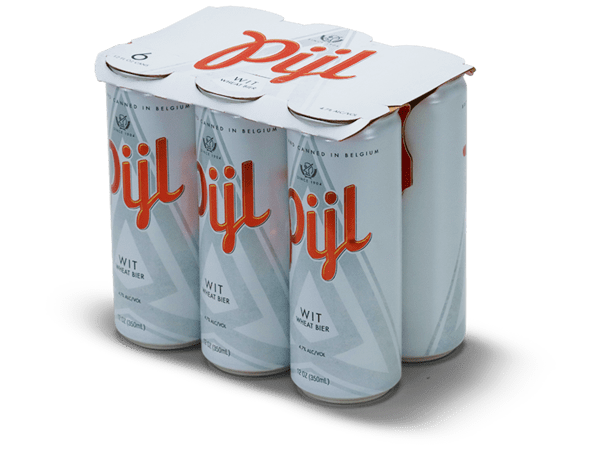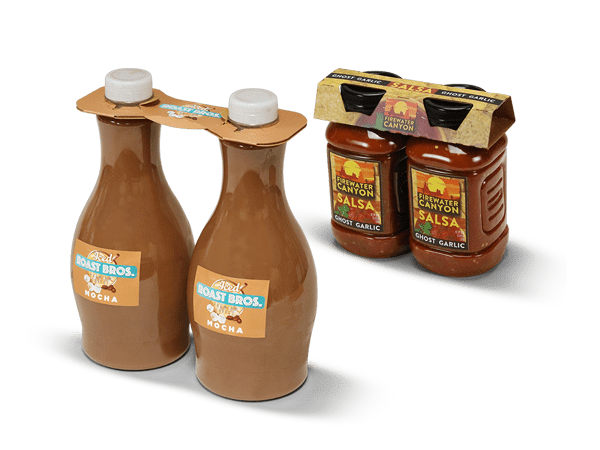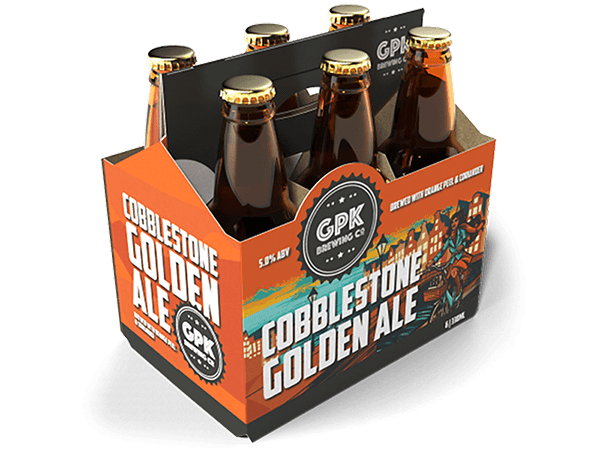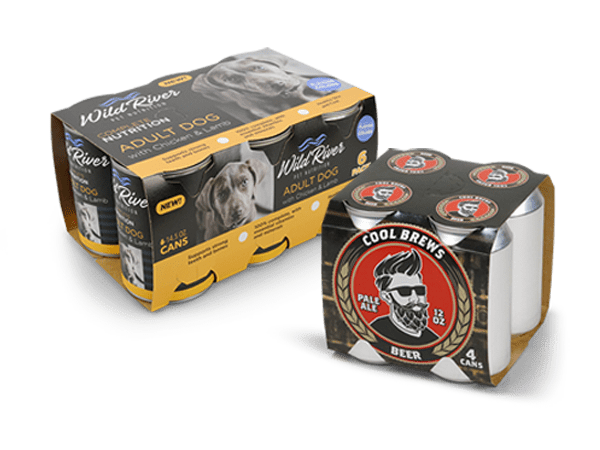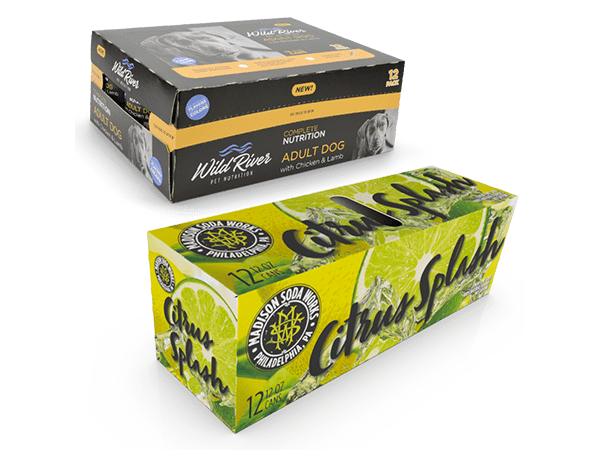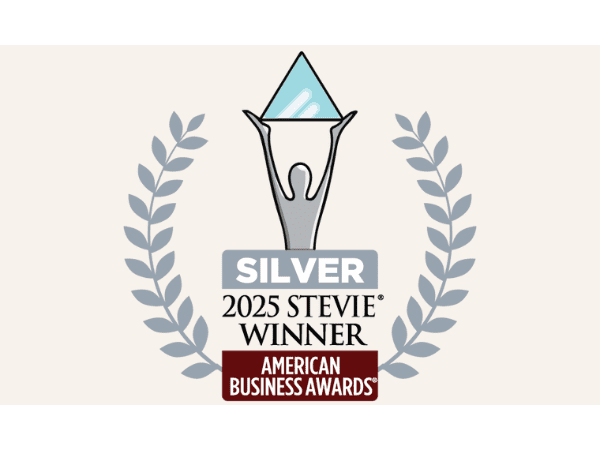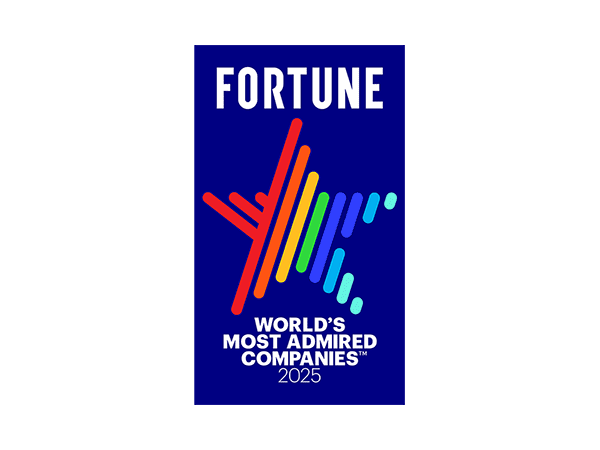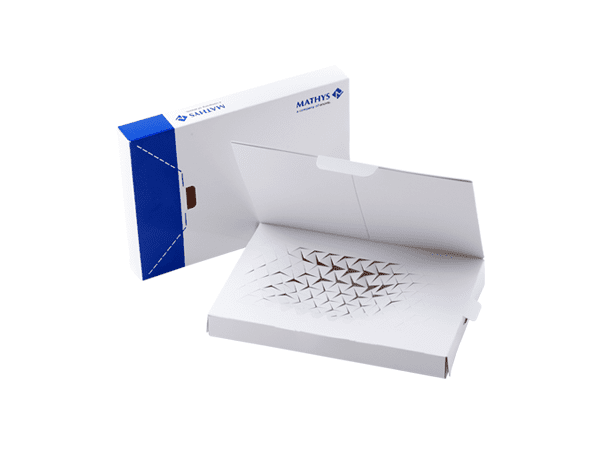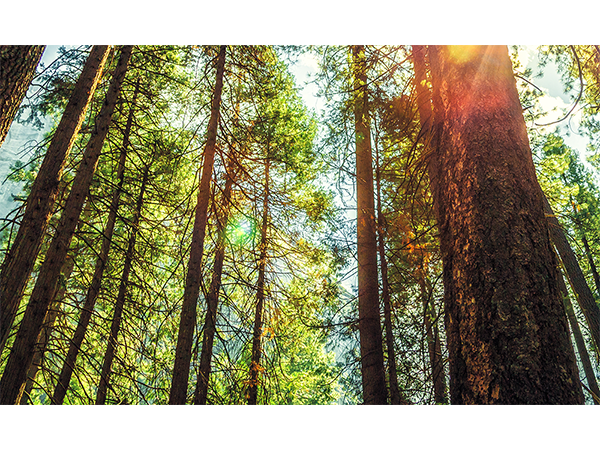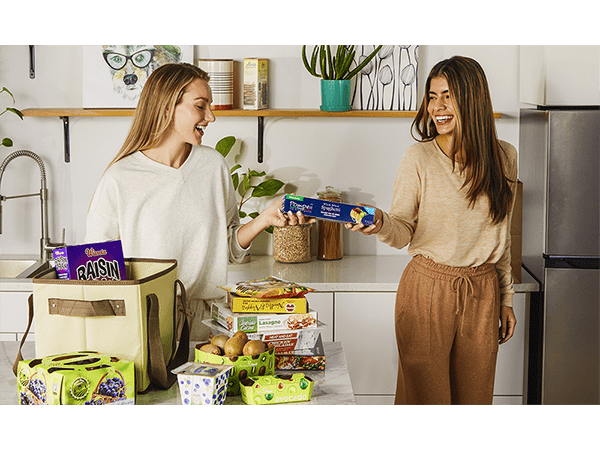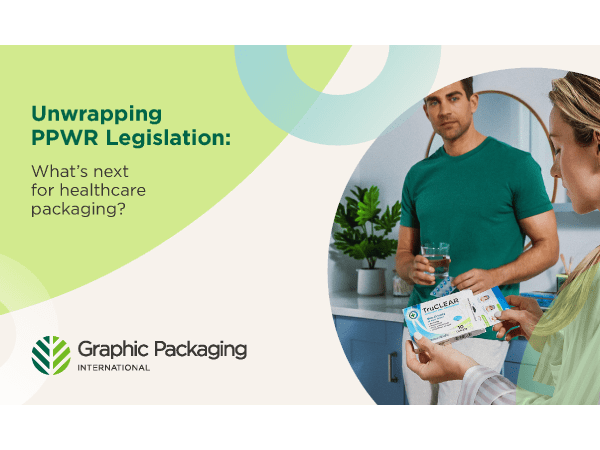Press Releases
Graphic Packaging Launches Next-Generation Boardio™ Technology with Enhanced Multi-Footprint Capability
December 3, 2025
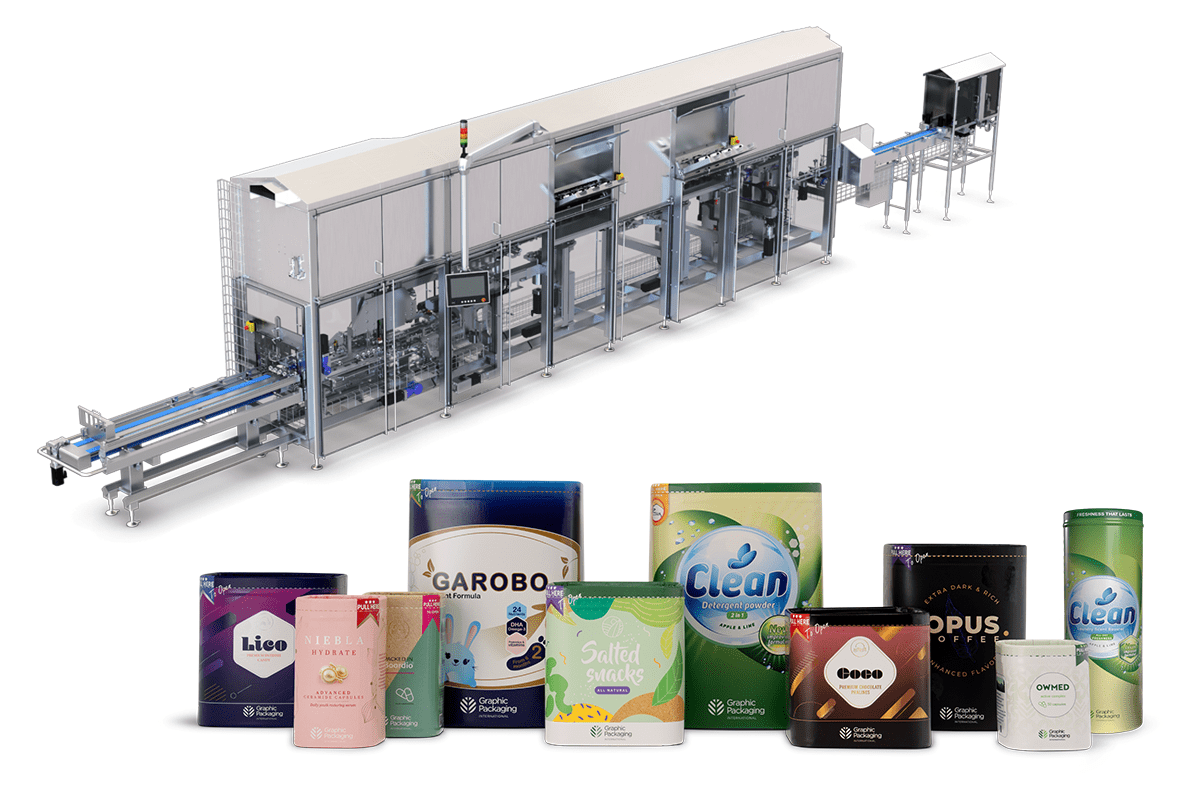
Graphic Packaging International (Graphic Packaging), a global leader in sustainable consumer packaging, has announced the launch of its next-generation Boardio™ machinery technology, offering enhanced multi-footprint capability that transforms how brands and co-packers approach Boardio paperboard canister production.
Brands and co-packers face mounting pressure to respond quickly to shifting market demands while maximizing their equipment investments. When capital is committed to packaging machinery, that investment needs to work harder, deliver more, and provide the flexibility to adapt as consumer preferences evolve, and the new Boardio machine multi-footprint capability does just that.
Boardio is a recyclable, rigid paperboard canister that provides an alternative to plastic, glass, and metal containers. Made from up to 90% renewable materials, it can deliver a plastic reduction of more than 90% versus rigid containers. Alongside winning 20 global packaging awards since launch, Boardio has replaced more than 50 million rigid plastic containers in 2023 and 2024 alone.
The Proven Boardio Platform, Now With Ultimate Flexibility
The new machine technology takes a proven platform and adds format flexibility through the addition of modules. The new multi-footprint capability enables Boardio production in multiple shapes — round, octagonal, triangular, and square — along with variable heights, widths, and barrier specifications, all from a single machine. Customers simply select modules based on the degree of flexibility they require.
For co-packers managing diverse client portfolios or large brands seeking to differentiate product lines and serve both large families and smaller households, this technology represents a significant operational and commercial advantage.
Johan Werme, head of sales for paperboard canister solutions at Graphic Packaging, said: “This new capability addresses a longstanding frustration customers have had with traditional packaging; rigid plastic and metal canisters typically lock brands into off-the-shelf formats unless they have the volumes to justify custom tooling. However, with Boardio’s new multi-footprint technology, we’re putting format control directly into the customer’s hands. That means shorter production runs across multiple configurations, the ability to iterate designs more frequently, and the transport and storage efficiency that comes from delivering canisters flat rather than pre-formed. It’s flexibility that scales with your business, not against it.”
For co-packers and brands alike, the technology ensures that capital investments in Boardio machinery deliver sustained value as market conditions shift, product portfolios expand, and the demand for more circular, more functional, and more convenient packaging solutions continues to grow.
The multi-footprint enhancement is now available as an option for new machine orders.
Related News & Events
explore
Additional Finishing Capabilities for Packaging
Additional finishing solutions for packaging include laser perforation of flexible materials to enhance shelf life or add other benefits, and advanced gluing solutions for more complex structural designs.
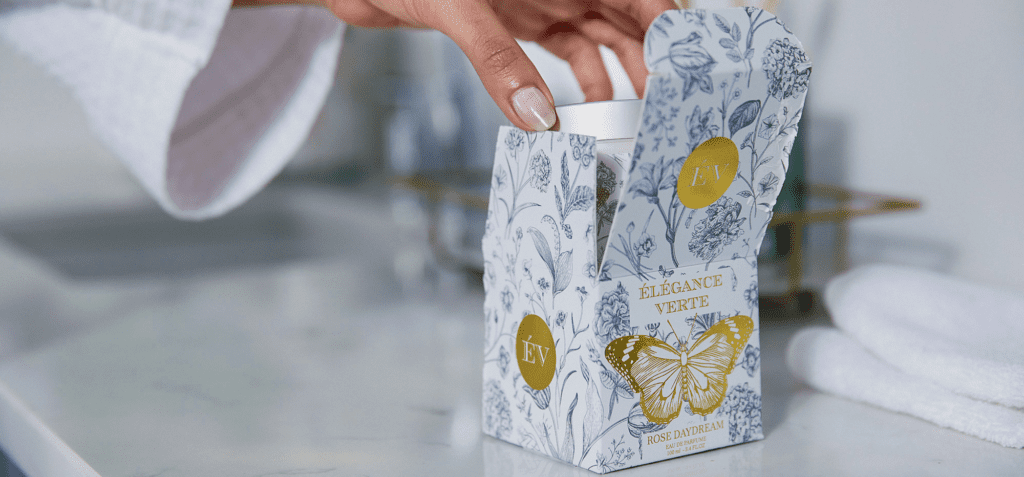
Quick Links
portfolio
Additional Finishing Capabilities Solutions
Complex Gluing Solutions for Packaging
Complex gluing applications can transform a flat blank into an attractive and innovative structure, helping to create on-shelf differentiation. Options include skiving and hemming, flame-sealing, CR adhesives, and more.
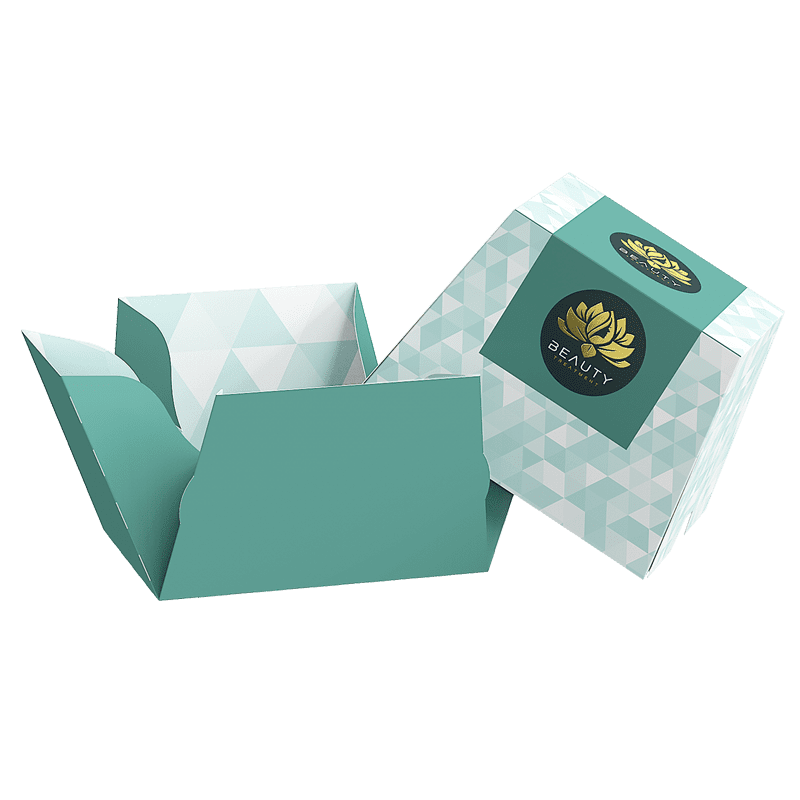
Laser Perforation
Incorporating laser perforation into flexible packaging can help to extend the shelf life of fresh food or can help to create features such as easy opening.
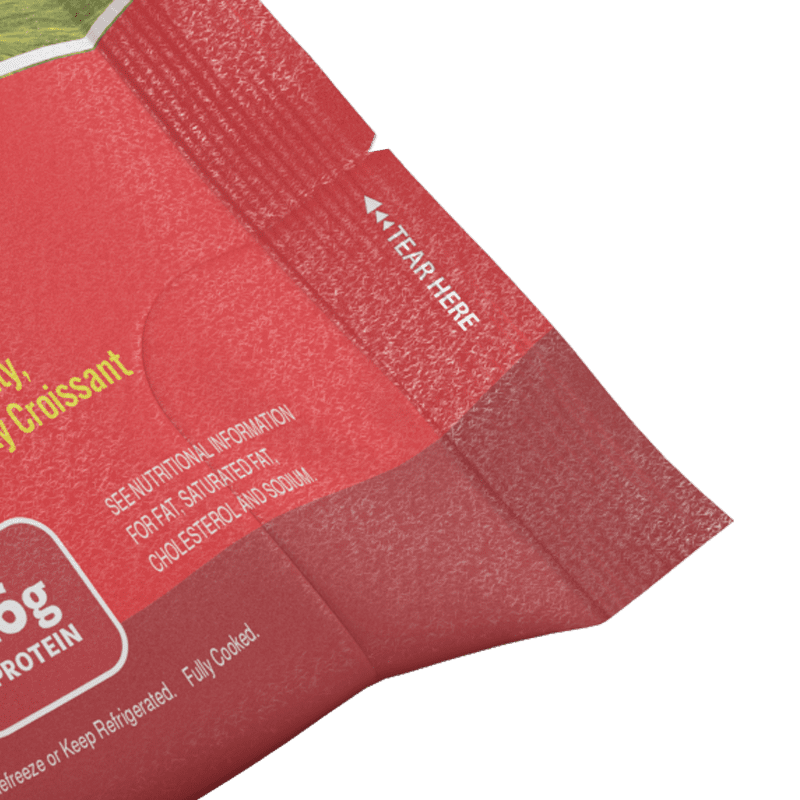
Related Finishes & Enhancements
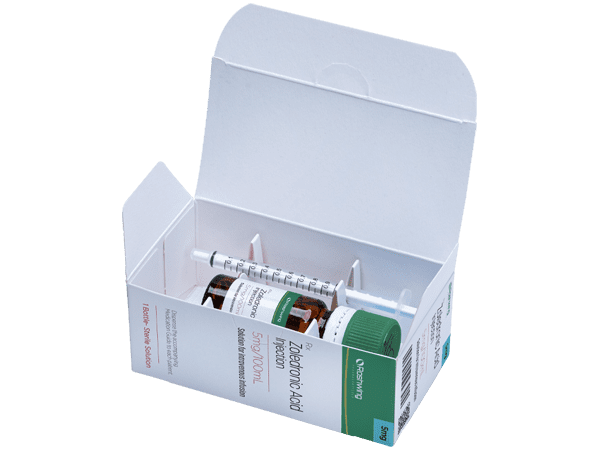
Anti-Counterfeit and Grey Market Coding Packaging Measures
Consumers expect authenticity when buying a premium product, and for the pharmaceutical industry the guarantee of authenticity is vital to maintain patient safety, but high-value markets are attractive to counterfeiters. Our state-of-the-art packaging solution can help prevent counterfeiting to ensure your brand integrity is maintained and patients are protected.
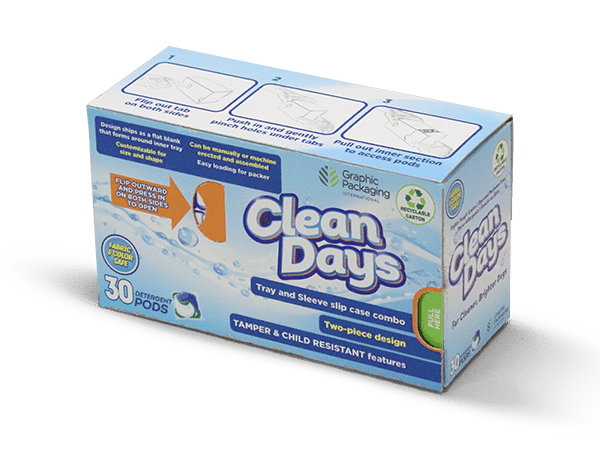
Child-Resistant Packaging
Often used for pharmaceuticals, medical devices, and other non-food consumer products, child-resistant packaging can protect children and vulnerable consumers from harm while still being intuitive and easy for those not at risk to open.
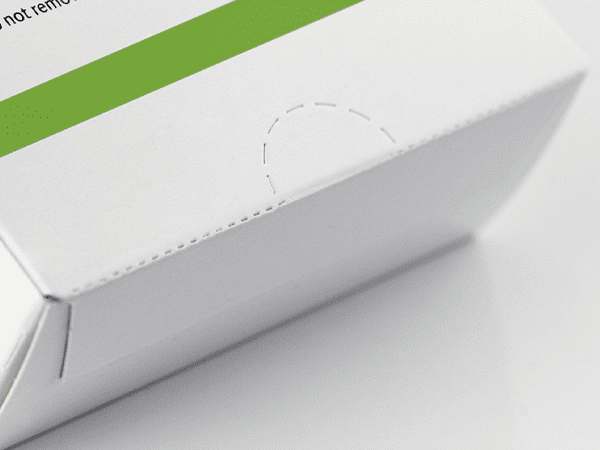
Tamper-Evident Packaging Measures
Tamper-evident packaging provides visible evidence to the end user that the product has not been tampered with. For pharmaceuticals, tamper-evident packaging is a requirement, while for other products it offers security throughout the supply chain and to the consumer.
Unilever Launches Next Generation Laundry Capsule Designed To Help Decarbonize Laundry, Save Energy and Cut Plastic Packaging
July 28, 2022
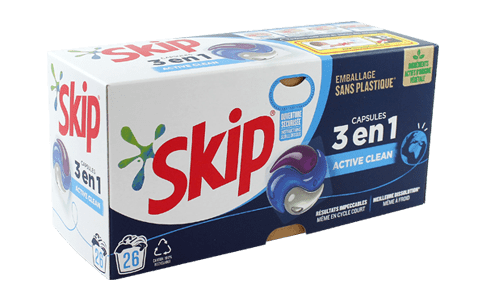
Unilever have announced the global launch of its most sustainable laundry capsule yet, the fastest growing detergent format in many parts of the world.
Unilever’s biggest laundry brand, Dirt Is Good (also known as Persil, Skip, OMO and Surf Excel), has introduced the newly designed capsule to help decarbonize the laundry process whilst delivering top cleaning performance. The new capsules are packaged in a plastic-free, paperboard container, a move set to prevent over 6,000 tonnes of plastic entering the waste stream every year, the equivalent in weight to 500 double-decker buses.
The specially designed formula contains biodegradable active ingredients that are 65% derived from plant sources and has been optimized to deliver top cleaning performance in cold and short cycles. The re-engineered capsule membrane is fully biodegradable and the fastest dissolving on the market, designed to leave no residue on laundry. The new capsule sees its carbon footprint reduced by 16 percent (vs. current capsules), and when used in cold, short cycles, consumers can save up to 60 percent energy per use.
The reduction in emissions across the products’ life cycle puts the new Unilever capsule at the forefront of efforts to decarbonize the laundry industry. This is an important step in reducing the Scope 3 GHG emissions of their laundry business, which includes those associated with consumers’ end use of our products, like the energy required to power washing machine.
For the first time ever, the laundry capsules will be packaged in a ground-breaking plastic-free paperboard box. The innovative box conceived in partnership with Graphic Packaging International, underwent years of development to lock out moisture better than current plastic packaging and prevent capsules from sticking to each other. The box is easier to open and close, is child-proof and fully recyclable. 50% of the cardboard comes from recycled sources and the rest from FSC-certified forests.
The new product, which will launch first in France before rolling out to other markets, is another example of Unilever’s Clean Future strategy. Announced in September 2020, the strategy aims to fundamentally change the way that some of the world’s best-known cleaning and laundry products are created, manufactured and packaged, supported by a €1bn investment over 10 years.
Dr. Keith Rutherford, Head of Global Innovation, Unilever Home Care R&D said: “Through our Clean Future program, our ambition is to make sustainable cleaning the compelling choice for every consumer by bringing real innovation to established mass market products. The research, development, and manufacturing skill that is required shouldn’t be underestimated. The new proprietary formulation and child-proof cardboard packaging is the work of so many people. This is our best and most sustainable laundry capsule yet – it is truly industry leading.”
Ralf Mack, Director New Business Development, EU Consumer Products at Graphic Packaging International adds: “Working together with Unilever, we are delighted to see our innovative packaging solution launch under this iconic brand around the world. Our combined expertise in carton design, product protection capabilities and understanding of consumer behavior has enabled us to create this superior, plastic-free and child-proof solution, enabling consumers and businesses alike to reduce their use of single-use plastic.”
Related News
CASE STUDY
Devils Backbone Brewing Company Develops Foil-Stamped Basket Carrier to Capture Attention and Elevate Brand
CRAFT BEER | ELEVATED EXPERIENCE
Devils Backbone Brewing Company Establishes Their Prestige Series as a Luxury Beverage With Foil Stamping and Soft-Touch Coating
This basket carrier is a convenient solution with a custom profile and premium enhancements that captures consumers’ attention and elevates the brand. The foil-stamped basket carrier with soft-touch coating gives dimension and creates a unique tactile experience.
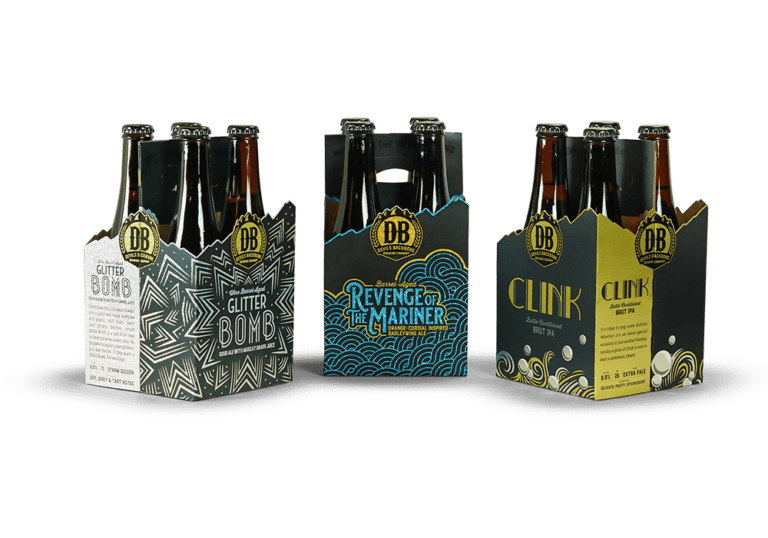
LET’S CONNECT
Contact Us
We strive to create unprecedented solutions that solve today’s real-life problems and pave the way for tomorrow’s biggest opportunities—in a feasible, cost-effective way.
Related Resources
Cap-It™ Clip-Style Multipack Carton for PET Plastic Bottles
Cap-It™ is a recyclable paperboard clip solution for PET plastic bottles with neck rings. This multipack beverage packaging is an alternative to plastic rings and shrink film packaging.
Cap-It features an intelligent design that maintains pack integrity through the supply chain. On-shelf differentiation is achieved via a generous billboarding area, that still allows good visibility of the bottles.
Cap-It can be packaged with any of our Cap-It machinery equipment, including the Cap-It 2 and our new generation machine, AutoClip™ CIG3, that runs at higher speeds and provides enhanced bottle stability.
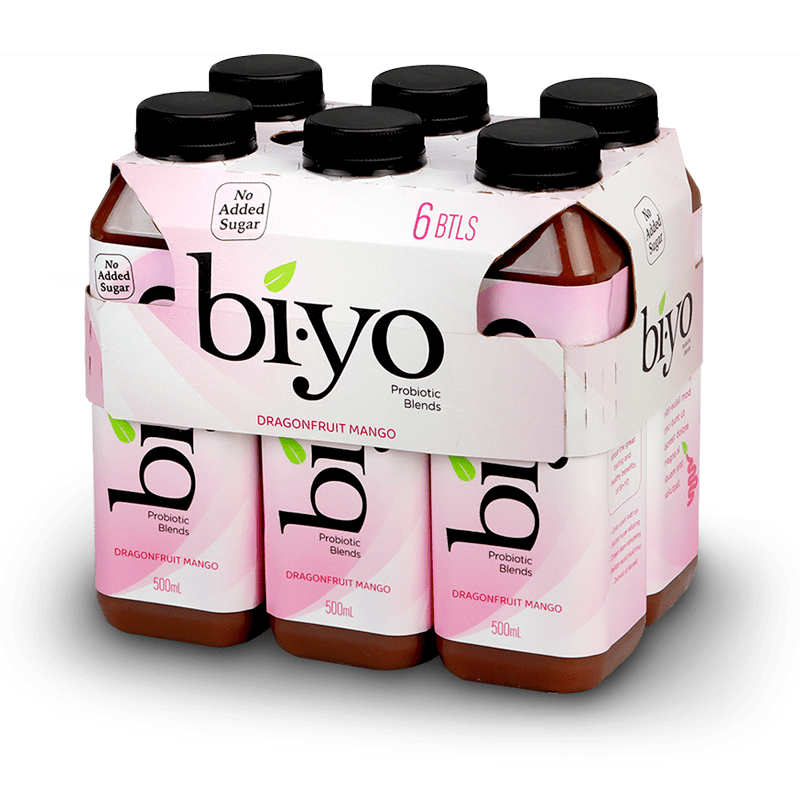
Quick Links
See Cap-It in Action
This intelligent carton design provides on-shelf differentiation by offering the opportunity to print high-impact graphics on the paperboard while leaving the bottle visible to the consumer.
Asahi Soft Drinks Launches Cap-It™, a Fully Recyclable Clip-Style Carton for PET Bottle Multipacks
Asahi Soft Drinks needed a new multipack solution
for their Wilkinson Sparkling Water range in
response to increased production volumes and
the shift from cans to PET bottles for soft drinks
Related Machinery
Related Finishes and Enhancements
News
Graphic Packaging Named to Computerworld 2026 Best Places to Work in IT
December 9, 2025
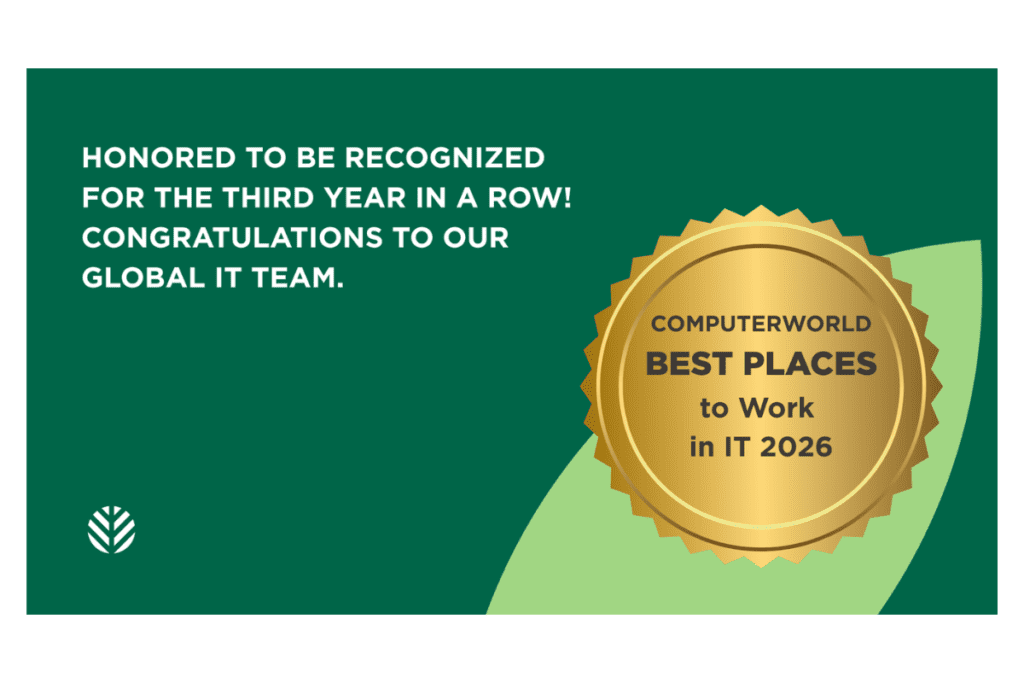
Graphic Packaging International was recognized for the third consecutive year in Foundry’s Computerworld 2026 Best Places to Work in IT. This award recognizes the top organizations that challenge their IT staff while providing great benefits and compensation.
Graphic Packaging ranked No. 32 among large organizations on the Best Places to Work in IT list. The company continues to be recognized for its digital transformation initiatives to standardize and modernize its systems and processes to help the company achieve its Vision 2030 goals. This achievement comes one year after being ranked No. 1 for IT growth.
“Being named one of Computerworld’s Best Places to Work in IT for the third consecutive year in a row is a testament to our incredible team,” said Vish Narendra, senior vice president and chief information officer, global services. “Our people drive the digital transformation that powers our business and advances our Vision 2030 objectives. By fostering a culture of innovation and collaboration, we not only create an environment where talent thrives but also deliver meaningful impact for our customers and communities. This recognition reinforces our commitment to building a workplace where technology and people come together to shape the future.”
Since 1994, Computerworld’s annual Best Places to Work in IT feature has ranked the top work environments for technology professionals. The list is compiled based on a comprehensive questionnaire regarding company offerings in categories such as benefits, career development, DEI, future of work, training and retention. In addition, the rankings are reviewed and vetted by a panel of industry experts.
To learn more, visit Computerworld.
Related News & Events
Test Product Inquiry
for double opt in
You’re in!
Your subscription is confirmed.

Advancing Innovation and Circularity in Beverage Packaging: The Award-Winning Leffe Beer Multipack
Advancing Innovation and Circularity in Beverage Packaging: The Award-Winning Leffe Beer Multipack
A convergence of regulatory and market pressures and evolving consumer expectations is driving packaging innovation in the beverage industry. Consumers are increasingly demanding packaging that relies less on plastic and is easy to recycle, with recent research from Pro Carton revealing that “easy to recycle” is the most important feature for many consumers. At the same time, brands are under growing pressure to meet ambitious sustainability goals and to align with new legislative requirements, such as the EU’s Packaging and Packaging Waste Regulation.
Many beverage brands are in the process of, or have transitioned, from plastic shrink film to paperboard for their multipacks. Heavy multipacks of glass bottles that have already moved to paperboard have traditionally still relied on plastic reinforcement in the handle for strength, limiting recyclability and increasing environmental impact.
AB InBev wanted to solve this challenge for their multipack of Leffe beer glass bottles and worked with Graphic Packaging to develop a pack that securely holds 20 x 330ml glass bottles, is operationally efficient, strong through the supply chain, convenient, and recyclable, while supporting both brand sustainability goals and regulatory compliance.
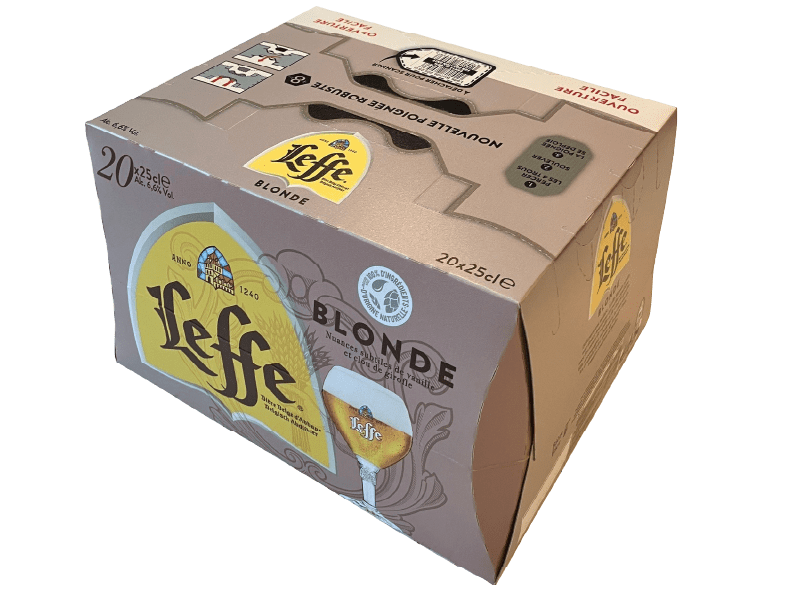
A More Circular Solution
The previous plastic tape-reinforced handle was replaced with a solution made entirely from paperboard derived from renewable wood fiber. However, while traditional one-piece paperboard cartons rely on higher caliper paperboard for the entire structure to give adequate strength to the handle, increasing material content, this two-piece solution separates the structural demands into two components. A lightweight main carton is paired with a reinforced two-ply handle insert using dual-grain paperboard directions to maximize strength where it matters most. By enabling material reduction compared to traditional one-piece cartons, the design therefore minimizes waste and supports circular material flows.
The pack is recyclable in household streams and can include up to 30% recycled fiber content in the handle insert.
text

test
A More Functional Solution
Operationally, the Leffe multipack delivers seamless integration into existing production lines. The pack runs efficiently on AB InBev’s current machinery without requiring retooling or capital investment. This ensures high-speed production with minimal disruption, allowing the brand to adopt the new packaging quickly and cost-effectively. By combining design innovation with manufacturing efficiency, the solution maximizes impact while maintaining cost control — a crucial advantage in today’s fast-moving beverage market.
A More Convenient Solution
From the consumer’s perspective, the new multipack offers notable improvements in convenience and usability. Research shows that consumers overwhelmingly prefer paperboard packaging to plastic, with “easy to recycle” cited as the most important feature (ProCarton,2025). The integrated handle is not only plastic-free but is also strong and sturdy, making it easy and safe to carry. Feedback from AB InBev’s consumer research confirms a preference for multipacks with handles, and the new design has received positive reviews for its strength and feel.
Award-Winning Recognition
test

European Carton Excellence Awards 2025: Innovation Award
The European Carton Excellence Awards, hosted by Pro Carton and the European Carton Makers Association, highlight the most innovative paperboard packaging designs in Europe, spanning categories from food and beverage to pharmaceuticals and cosmetics.
The Leffe beer multipack won the prestigious Innovation Award.
“It is extraordinary that a paperboard construction can securely hold twenty full glass bottles of beer. The moment you lift it, you feel its strength, and it inspires complete confidence. A sturdy, impactful design that demonstrates the true potential of paperboard. An excellent example of structural engineering, offering an alternative to plastic without compromising durability or performance.”
test
Paperboard Packaging Competition
Hosted by the Paperboard Packaging Council, this competition has recognized innovation in paperboard packaging for more than eight decades.
The Leffe beer multipack won an Excellence Award.
The pack was also shortlisted for two World Beverage Innovation Awards.
test
Looking to the Future
The Leffe beer multipack created for AB InBev demonstrates how sustainability and operational excellence can go hand in hand. Its design not only meets the rigorous demands of their supply chain but also promotes circularity by eliminating plastic and ensuring full recyclability.
The journey from initial challenge to award-winning pack is a testament to the power of collaborative innovation.
Want to Learn More?
Explore our range of innovative paperboard packaging solutions for beverages.
Related Resources
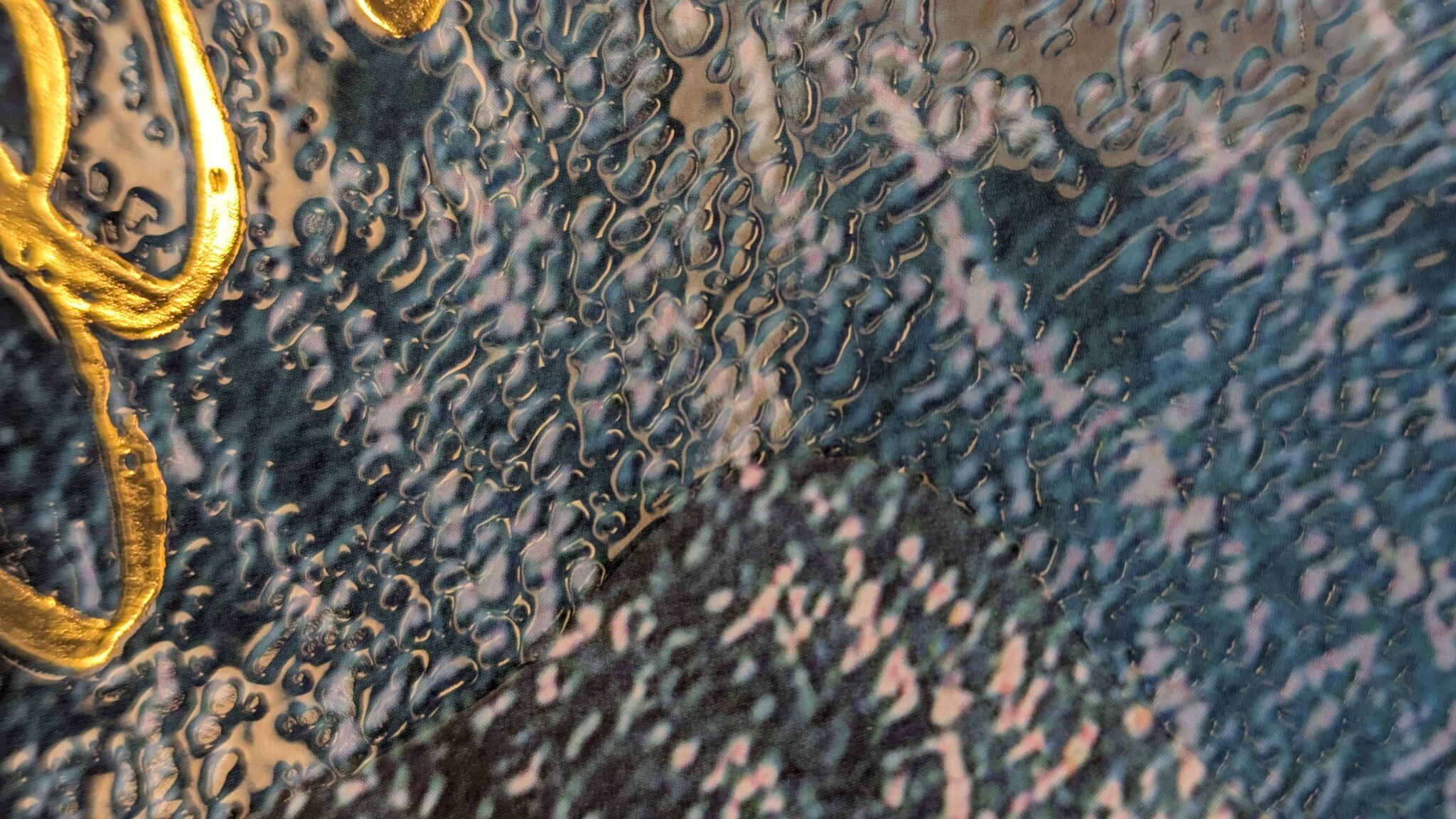
Advanced Digital Finishing Technology: Unlocking Design Freedom for Beauty Brands
Seasonal editions, exclusive collaborations, and limited-edition packaging have become powerful tools for brands seeking on-shelf differentiation. These trends tap into consumer desire for uniqueness and collectability. However, producing short-run packaging solutions can present challenges, including higher costs, tighter deadlines, and the need for agility across the entire value chain.
The Limitations of Traditional Finishing
Conventional embellishment techniques such as hot foil stamping and embossing have long been synonymous with premium packaging, but they introduce significant challenges in today’s fast-moving market. These processes depend on custom dies and engraved stamps for each design variation, which adds complexity and slows production, making it difficult for brands to react quickly to seasonal trends or time-sensitive campaigns. Once tooling is in place, any design change becomes a lengthy process, limiting creative flexibility and making personalisation or rapid iteration almost impossible.
Digital Finishing: The Competitive Edge Beauty Brands Need
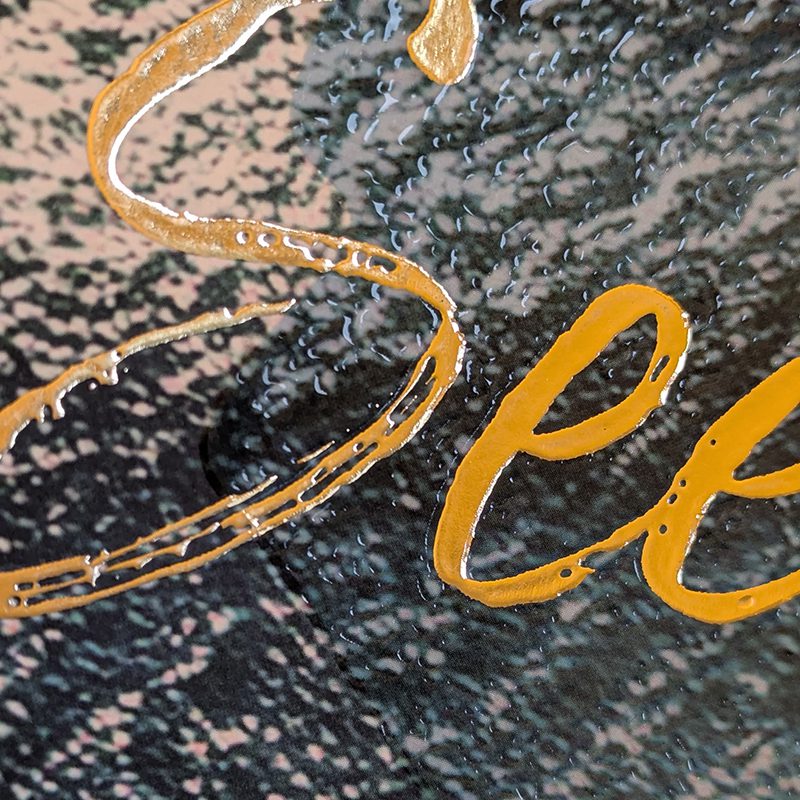

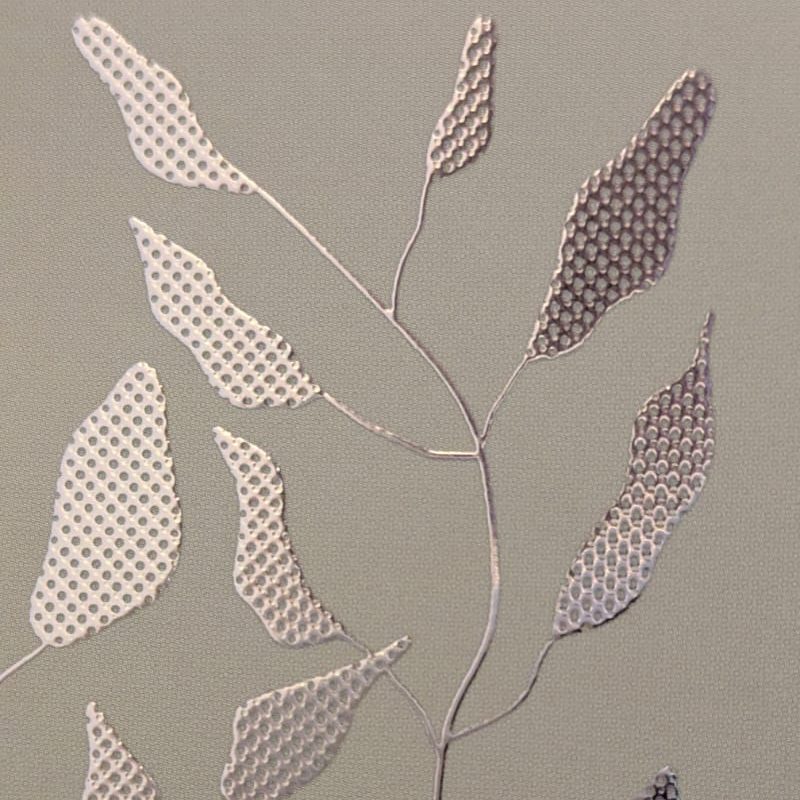
Digital finishing replaces the limitations of traditional methods with a streamlined, digital process that empowers brands to create stunning, tactile designs without compromise. State-of-the-art equipment solutions, such as the Scodix Ultra 6000, offer brands premium packaging enhancements like digital foiling, spot varnish, and textured effects.
With easier customization, faster production cycles, and the ability to produce paperboard packaging in smaller batch sizes, this technology enables beauty brands of all sizes to leverage advanced packaging finishes from a single platform, offering many exciting creative design possibilities.
Agility Across the Value Chain
Unlike conventional processes that rely on costly tooling and lengthy setups, digital embellishment requires no dies or plates, enabling brands to move from concept to production in a fraction of the time. This transforms the entire production workflow by enabling rapid prototyping and on-demand manufacturing. Designers can quickly test and refine concepts without the delays of traditional tooling, accelerating approval cycles and reducing time-to-market. Once a design is finalized, digital technology supports flexible, short-run production, allowing brands to print exactly what they need, when they need it. This eliminates excess inventory, minimizes waste, and ensures packaging can be adapted quickly for seasonal campaigns, limited editions, or personalized experiences — all without compromising quality or creativity.
Unmatched Design Flexibility/Freedom
Digital finishing technology redefines what’s possible in packaging design, giving brands and designers the freedom to push creative boundaries without the limitations of traditional processes. With digital embellishment, effects such as brilliant metallic foils, high-gloss accents, intricate 3D textures, and even dynamic holographic effects can be applied with precision and ease. With no tooling and no lengthy setup, this flexibility allows for rapid experimentation and iteration, enabling designers and marketers to prototype multiple concepts and refine details in real time. The result is packaging that not only captures attention but also delivers a tactile, premium experience that resonates with today’s consumers.
Sustainability
Evolving legislation and consumer expectations around sustainability are reshaping how packaging is designed and finished, encouraging brands to seek solutions that minimize environmental impact without compromising creativity.
A recent Life Cycle Assessment (LCA) by Scodix highlights the environmental advantages of digital embellishment. The study found that their technology significantly reduces resource consumption, cutting water use by up to 80% and lowering emissions and energy usage by around 85% compared to traditional finishing methods. Beyond these efficiency gains, Scodix-enhanced prints are certified as recyclable, reinforcing the role of digital finishing in supporting sustainable packaging strategies.
Innovation That Delivers Impact
Digital finishing isn’t just a technical upgrade; it represents a creative revolution in packaging design. By eliminating the constraints of traditional processes, it empowers beauty brands to move faster, experiment freely, and deliver premium, tactile experiences that captivate consumers. Combined with sustainability benefits and the ability to personalize at scale, digital embellishment positions brands to stand out in an increasingly competitive market.
Want to Learn More?
Explore our range of innovative paperboard packaging solutions for beauty applications.
